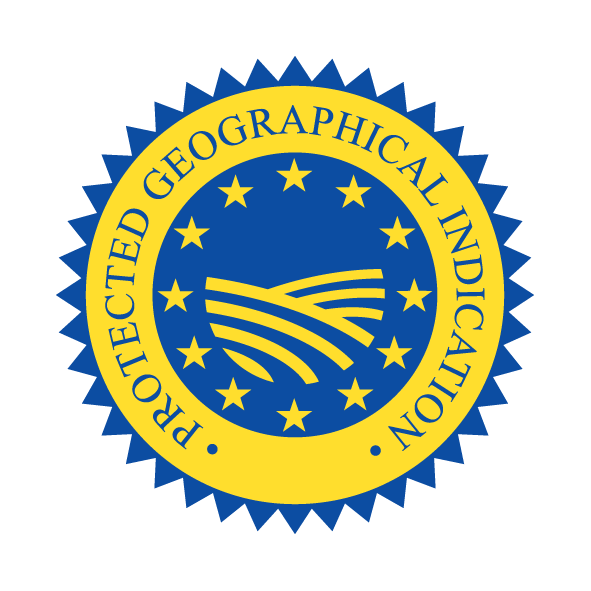European Union protects Estonian vodka
Estonian vodka has been the first Estonian product to receive the protected geographical indication (PGI) status from the European Union. PGI status in the European Union is granted to products produced according to the historical character of a specific geographical area. The system is created to protect unique and historical gastronomy heritage of Europe. And Estonian vodka was recognized to be worth it due to its distinct characteristics and unique flavor.
What Makes Estonian Vodka Unique And Authentic
Estonian vodka is a high quality beverage made from local water and grain or potato and produced exclusively in Estonia. The main ingredients give the vodka its specific flavour notes. Rye makes it piquant and spicy, wheat gives it softness and fruitiness, and potatoes make the beverage somewhat buttery and sweet.
Natural local ingredients give Estonian vodka its clean and authentic flavour. Moreover, Estonia has one of the highest shares of organic farming in the European Union. In 2015, organic arable land accounted for nearly 17 percent of all arable land and the share is growing. Estonian farmers are also using significantly less fertilizers compared to the European Union average.
The distinctive feature of rye and wheat grown in Estonia is its cultivation as a winter grain. Rye is 100% winter grain and half of the wheat sown here is winter wheat. The spirit used for making Estonian vodka is made from wholegrain coarse-milled rye and wheat. Coarse-milled grain must not be dehusked, polished or otherwise processed. Larger particles from the milling help to better bring out the flavour notes of grains, which later appear in the final flavour and aroma of the vodka.
Local water is used in all the stages of production. As water used for blending the spirit cannot be purified by distillation its quality matters. Pure Estonian water has its important role to play in the quality and taste of the final product.
History And Traditions of Vodka Production
Vodka production has a long and authentic tradition in Estonia. The spirit has been distilled here for many centuries. The first written record of vodka production in Estonia dates back to 1485 when Tallinn Great Guild issued a law regulating the conditions of selling vodka in the city. Vodka was probably produced already much earlier in Estonia so by 1485 the production was significant enough to be regulated. Back then vodka was consumed rather as a medicine and not so much for it’s intoxicating abilities.
In the 19th century, in addition to rye and wheat, potatoes started to be used in the production of vodka. By the 20th century potatoes became the main raw material for spirit production. In 1938 Estonia was awarded the Guinness Record for being the distiller of the strongest spirit, i.e. with an alcohol content of 98 percent, made from potatoes.



 UNIQUENESS PROTECTED
UNIQUENESS PROTECTED